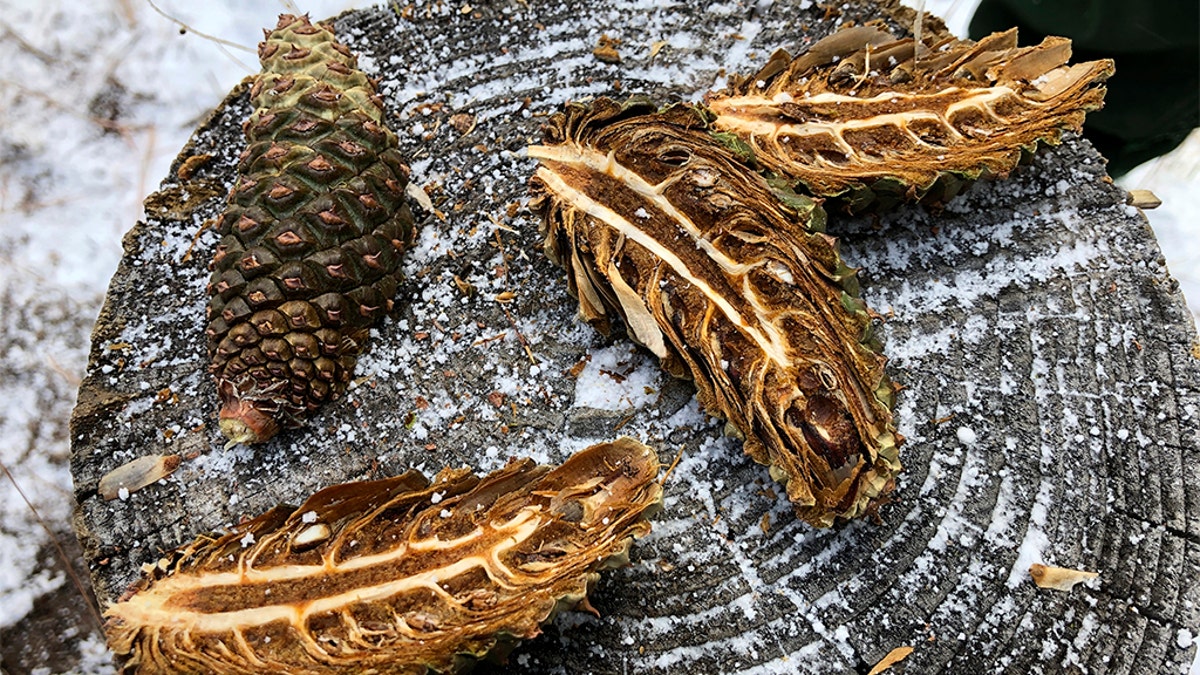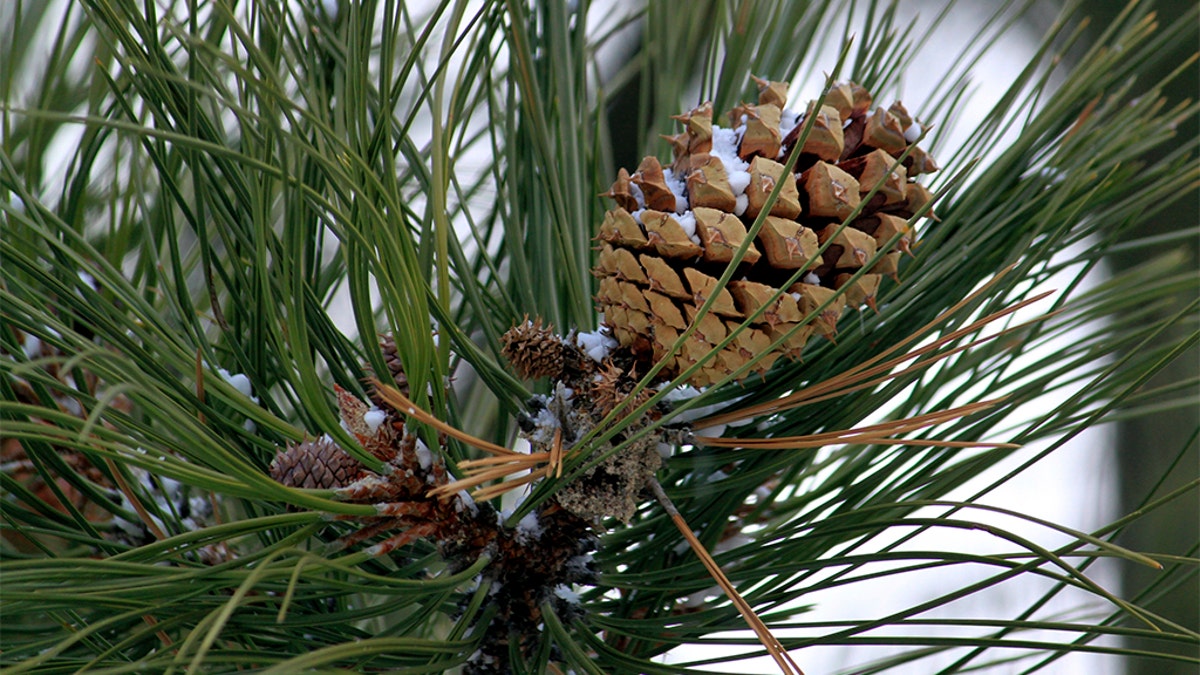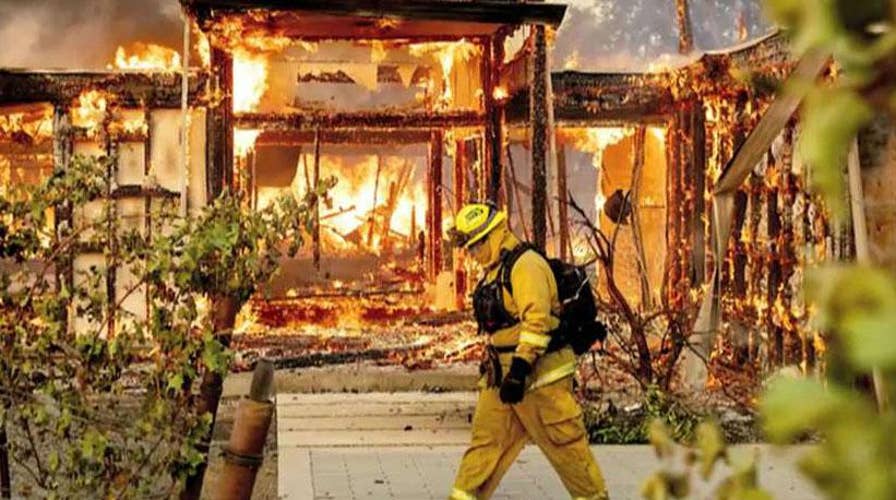Statewide emergency declared during California wildfires
Deputy Director of Communications for the California Department of Forestry and Fire Protection Mark Mohler discusses plans to deal with the wildfires sweeping California.
With warmer temperatures, an increase in the frequency of drought and the severity of wildfires on the rise, many scientists say the necessity of seed collection and reforestation efforts has become more urgent.
“We’ve had so many large, high-severity fires in the state, and without our intervention, there is a possibility that some of those areas will never be forests again,” Sarah Hurteau with The Nature Conservancy in New Mexico told The Associated Press. “What we’re trying to do is collect the seed to help reforest these areas. This is a huge effort.”
The goal: 1 million seeds to be used to reforest fire-scarred hillsides in New Mexico and Southern Colorado. Similar work was ongoing in South Dakota and other places across the West.

Ponderosa pine cones cut open during a demonstration at Bandelier National Monument near Los Alamos, N.M. (AP Photo/Susan Montoya Bryan)
A crew outfitted with spurs, ropes and hard hats scaled huge tree trunks and used long clippers to snip branches loaded with ponderosa pine cones.
It’s a science, the professionals said.
Crew members were looking for the perfect cones — no curves, no sap, no insect bore holes. The cones were gathered in the Jemez Mountains of northern New Mexico.

Thousands of acres of burned trees that remained years after a wildfire raced through part of Bandelier National Monument near Los Alamos, New Mexico. (AP Photo/Susan Montoya Bryan)
Santa Clara Pueblo in New Mexico has gathered seeds, ponderosa, Douglas fir, spruce and other pine variations, from about 2.5 million trees in over a decade. In the Black Hills of South Dakota, an estimated 2 million trees have been planted since 2003.
“The ability of trees to produce seed has a huge implication for natural recovery,” Kyle Rodman, a post-doctoral research assistant at the University of Colorado Boulder, told The AP. “If the seed is not being produced, then it can’t get to the places that are disturbed, then the chances for the ecosystem to recover to that forested state are obviously pretty low.”

A partially open ponderosa pine cone in a tree at Bandelier National Monument near Los Alamos, N.M. (AP Photo/Susan Montoya Bryan)
Overall, the number of fires in the U.S. has decreased slightly over the past three decades, but the number of acres burned was on the rise. Every year since 2000, an average of 10,900 square miles have been burned, according to figures compiled by the National Interagency Fire Center.
CLICK HERE TO GET THE FOX NEWS APP
Scientists said that the combination of overgrown forests and hotter, drier conditions increased the threat of catastrophic wildfires.
The Associated Press contributed to this report.

